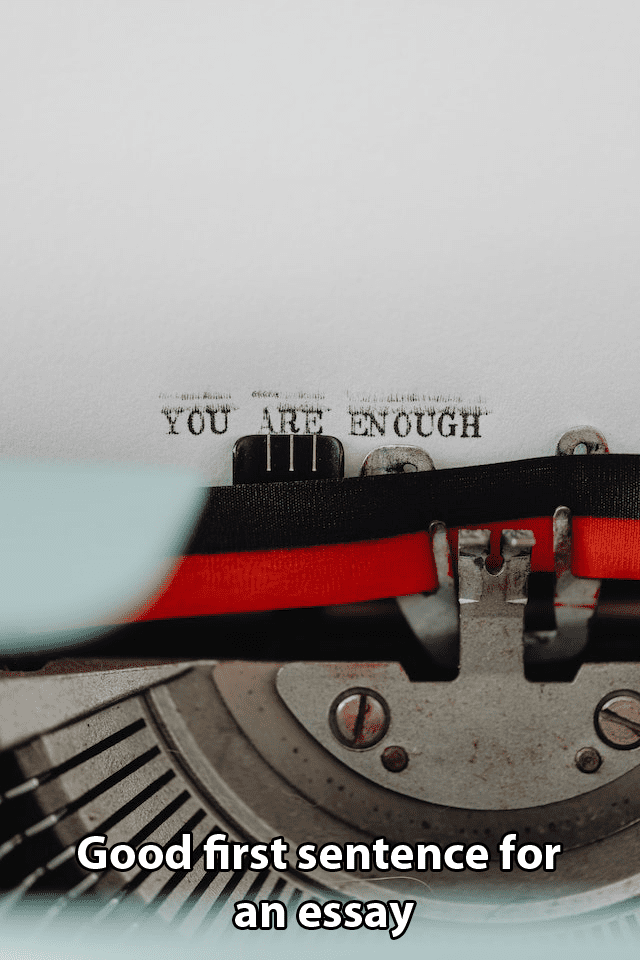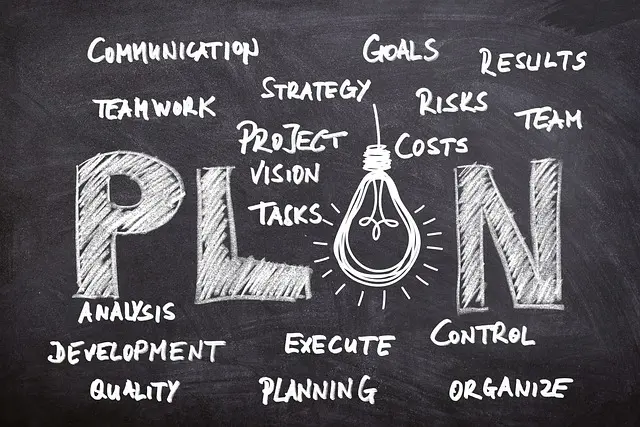
I. Introduction for Your Essay
The introduction is a crucial part of any essay as it sets the tone and context for what is to follow. It serves as the gateway to the main ideas and arguments that will be presented. An effective introduction should grab the reader’s attention, clearly state the purpose of the essay, and provide a roadmap of what will be covered.
In order to create an engaging introduction, it is important to understand the keywords and the overall tone that best fits your essay. The keywords will help you identify the main themes and concepts that need to be addressed. By using a default tone, you can ensure that your introduction is neutral and objective, allowing the reader to form their own opinions based on the information you provide. Using a default language will also make your introduction accessible to a broader audience, regardless of their background or level of expertise.
Overall, the introduction is your opportunity to make a strong first impression and captivate your readers’ attention. By carefully crafting your opening sentences to fit the tone and purpose of your essay, you can set the stage for a compelling and engaging piece of writing. In the following sections of this article, we will explore various examples of successful opening sentences in different essay genres and provide tips on overcoming writer’s block to come up with an engaging first sentence. We will also discuss the power of revision and how to refine your opening sentence to perfectly introduce your essay.
7. Analyzing Examples of Successful Opening Sentences in Various Essay Genres
Analyzing examples of successful opening sentences in various essay genres can provide valuable insights into crafting compelling introductions. In the realm of academic essays, where objectivity and a formal tone are paramount, an effective opening sentence often presents a clear thesis statement. For example, in an argumentative essay on the effects of climate change, a strong opening sentence could be: “The alarming rise in global temperatures poses a grave threat to our planet’s ecosystems and calls for immediate action.”
Conversely, in the realm of personal essays, where a more subjective and emotional tone is permissible, opening sentences can take on a more introspective or narrative approach. For instance, in a reflective essay on a transformative travel experience, a captivating opening sentence might read: “The warm, salty breeze hitting my face as I stood on that remote beach in Bali marked the beginning of a journey that would forever change my perspective on life.”
8. How to Tailor Your First Sentence to Fit the Tone and Purpose of Your Essay
When crafting the first sentence of your essay, it is crucial to tailor it to fit the tone and purpose of your writing. The first sentence sets the stage for the rest of the essay, giving readers a glimpse into what they can expect. To achieve this, it is important to consider the keywords and key ideas of your essay. These keywords will help you determine the appropriate tone and overall direction of your opening sentence.
For instance, if your essay is a persuasive piece on the importance of renewable energy, you may want to start with a strong and impactful sentence that grabs the reader’s attention. Using keywords such as “sustainability,” “green energy,” and “environmental impact,” you can create a sentence that immediately conveys the purpose and tone of your essay. By incorporating these important keywords, you can engage the reader and set the right tone from the very beginning.
On the other hand, if your essay is an informative piece discussing the history of a particular event, you may opt for a more neutral and objective tone. Using keywords such as “historical context,” “significance,” and “evolution,” you can construct a sentence that provides a concise overview of the topic without revealing personal bias. This default tone ensures that your readers are well-informed while maintaining an impartial stance throughout the essay.
In conclusion, tailoring your first sentence to fit the tone and purpose of your essay is essential in capturing the reader’s attention and conveying your intentions. By incorporating relevant keywords and considering the overall tone you wish to set, you can effectively engage your audience and establish a solid foundation for the rest of your writing.
9. Tips for Overcoming Writer’s Block and Coming up with an Engaging First Sentence
Overcoming writer’s block can be a daunting task, especially when it comes to crafting that all-important first sentence. However, with a few helpful tips, you can break through the mental barrier and find an engaging opening line for your essay.
Firstly, it’s crucial to set aside dedicated time for brainstorming and freewriting. Allow yourself the freedom to let your thoughts flow freely without judgment or concern for perfection. By giving yourself permission to write without constraints, you may stumble upon a captivating first sentence that sets the tone for your entire essay. Additionally, you can try writing out different versions of your introductory sentence, experimenting with different word choices and sentence structures to see what resonates with you and your intended audience. Remember, the first sentence is your opportunity to grab the reader’s attention, so don’t be afraid to take risks and think outside the box.
In addition to exploration and experimentation, seeking inspiration from various sources can help overcome writer’s block. Reading essays or articles on similar topics can help spark ideas and provide a sense of direction for your own opening sentence. Take note of how different authors captivate their readers right from the start and try to incorporate similar techniques into your own writing. Furthermore, engaging in activities that stimulate your creativity, such as going for a walk, listening to music, or engaging in brainstorming sessions with others, can also help break through the block and inspire an engaging first sentence. Remember, the road to finding an engaging opening sentence may not always be straightforward, but with persistence and a willingness to explore, you can overcome writer’s block and craft an introduction that grabs your readers’ attention.
10. The Power of Revision: Refining Your Opening Sentence to Perfectly Introduce Your Essay
Crafting the perfect opening sentence for your essay is a task that requires careful attention and revision. The power of revision cannot be underestimated when it comes to refining your opening sentence to perfectly introduce your essay. It is through this process of revising and polishing that you can create an engaging and captivating first impression for your readers.
One of the key aspects of revision is examining the clarity and effectiveness of your opening sentence. Does it clearly convey the main theme or argument of your essay? Is it attention-grabbing and intriguing? By critically analyzing and revising your initial sentence, you can ensure that it effectively sets the tone and purpose of your essay. This step is crucial in captivating your readers’ attention right from the start and keeping them engaged throughout the entire piece.
Another aspect to consider during the revision process is the language and style of your opening sentence. Does it align with the default tone of your essay? Language that is too formal or technical might create a disconnect with your readers, while language that is too casual or informal might not convey the seriousness or significance of your topic. Strive for a balance that fits the default tone of your essay, making sure that your opening sentence reflects your intended message and engages your audience effectively.












